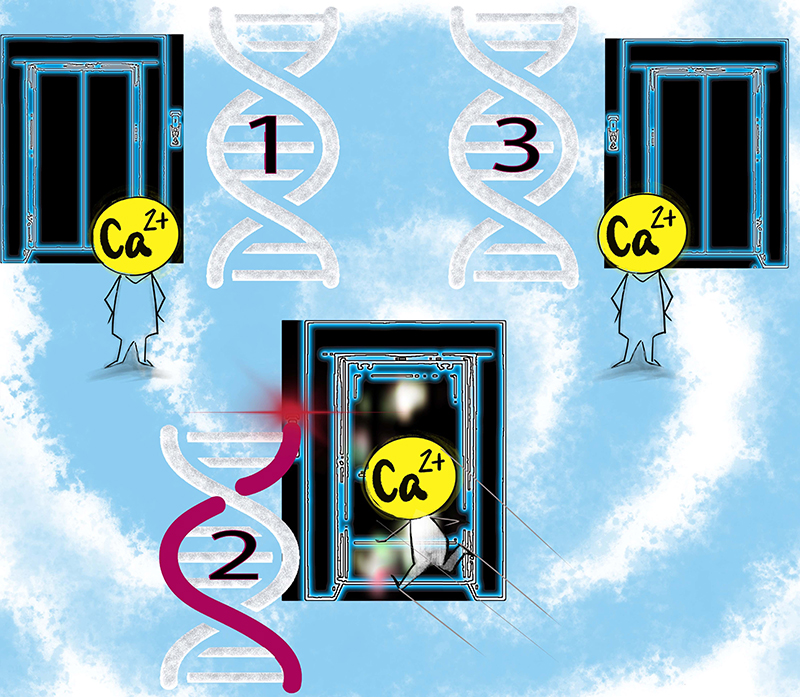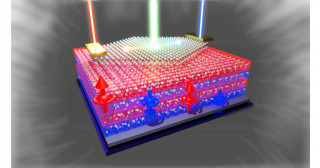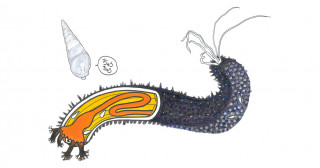Kyoto, Japan -- Arrhythmia, when left unchecked, can be life-threatening.
Abnormalities in CALM genes, which are responsible for producing the ubiquitous calcium-binding messenger protein calmodulin – or CaM -- are known to cause severe arrhythmic diseases, but until recently the disease-causing mechanisms were still uncertain.
Now, a team of researchers led by Kyoto University has revealed how a new CALM mutation causes lethal arrhythmia in humans. Using cardiomyocytes -- or heart muscle cells -- from human iPS cell and recombinant calmodulin proteins, the group studied catecholaminergic polymorphic ventricular tachycardia -- or CPVT, a rare and life-threatening genetic condition.
"Two patients carrying this variant in the CALM2 gene, a member of calmodulin gene family, showed not only arrhythmias but also neurological disorders, hinting at its variable pathogenicity," notes lead author Takeru Makiyama of Kyoto University.
In humans, CaM is encoded by three different CALM genes which produce identical amino acid sequences, with all three expressed in the heart.
Makiyama's team was able to reproduce severe arrhythmia in patient-derived iPS cell models of exercise-induced CPVT with calmodulin mutations. Using recombinant proteins, the molecular mechanism was deduced by biochemical methods. CPVT-associated CaMs were found to dominantly bind to the cardiac ryanodine receptor, which is the major calcium release channel in cardiomyocytes.
"When analyzing several patient-specific iPSC-derived cardiomyocyte models, we were very impressed they displayed arrhythmogenicity of varying severity," adds Makiyama, referring to the use of induced pluripotent stem cells in the study.
"Future evaluation of the efficacy of anti-arrhythmic drugs in iPS cell models will help establish precision medicine for CaM-related CPVT patients."

Credit:KyotoU/Jake Tobiyama
【DOI】
https://doi.org/10.1161/CIRCEP.122.011387
Jingshan Gao, Takeru Makiyama, Yuta Yamamoto, Takuya Kobayashi, Hisaaki Aoki, Thomas L. Maurissen, Yimin Wuriyanghai, Asami Kashiwa, Tomohiko Imamura, Takanori Aizawa, Hai Huang, Hirohiko Kohjitani, Misato Nishikawa, Kazuhisa Chonabayashi, Megumi Fukuyama, Hiromi Manabe, Kouichi Nakau, Tsutomu Wada, Koichi Kato, Futoshi Toyoda, Yoshinori Yoshida, Naomasa Makita, Knut Woltjen, Seiko Ohno, Nagomi Kurebayashi, Takashi Murayama, Takashi Sakurai, Minoru Horie, Takeshi Kimura (2023). Novel Calmodulin Variant p.E46K Associated With Severe Catecholaminergic Polymorphic Ventricular Tachycardia Produces Robust Arrhythmogenicity in Human Induced Pluripotent Stem Cell–Derived Cardiomyocytes. Circulation: Arrhythmia and Electrophysiology, 16(3):e011387.





